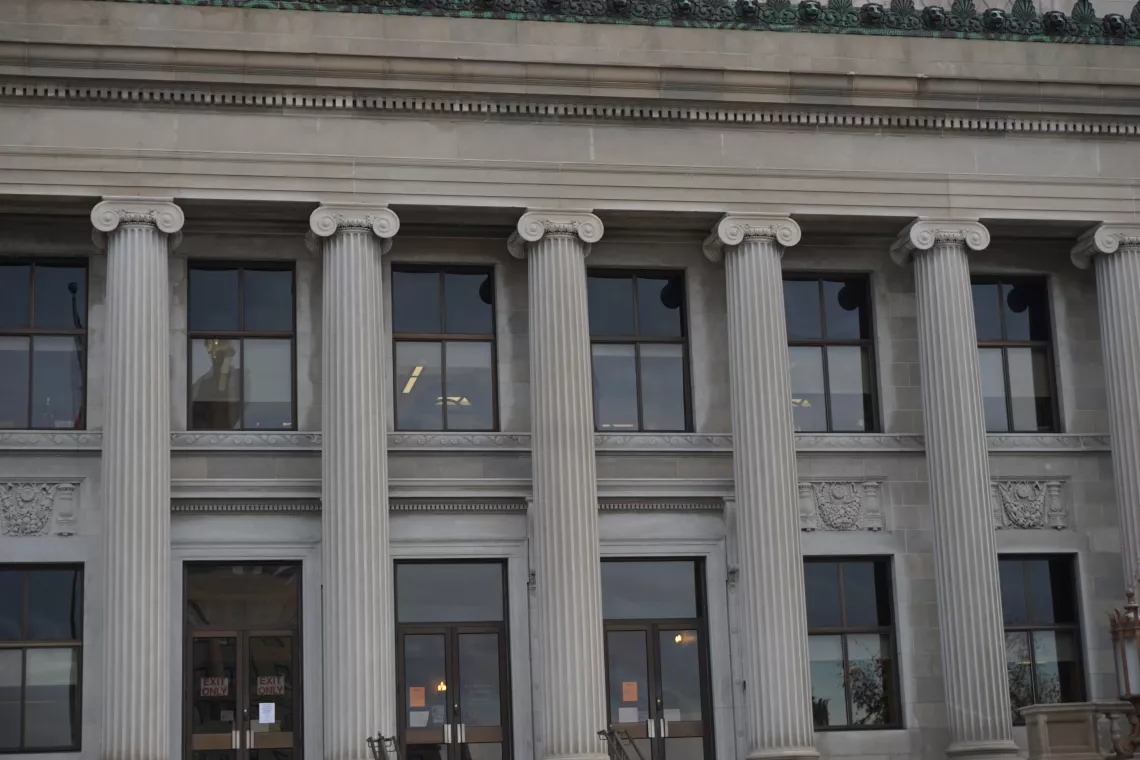September 4, 2018
Local governments can become leaders in reducing greenhouse gas emissions by becoming more energy efficient. By becoming more energy efficient, local governments save taxpayer money, less carbon dioxide is emitted which lessens the impact of climate change, and harmful air emissions from burning fossil fuels are reduced or eliminated. You can encourage your City Council or Board of Supervisors to adopt energy efficient measures. Schedule a meeting with your council members or supervisors and talk to them about these ideas.
Here are some tips in how your local governments can reduce greenhouse gas emissions by becoming more energy efficient.
- Maintain the HVAC systems to ensure they are operating a peak performance levels. Upgrade heating and air conditioning to more energy efficient models.
- Save heating and cooling expenses by adjusting the thermostat when people are not in the building during the evening, on weekends, and during holidays.
- Install automatic sensors that will turn off lights when buildings and rooms are not occupied.
- Switch to LED lights for offices and conference rooms.
- Encourage employees to shut off electronics when they leave their offices for the day or for several hours during the day.
- Plant trees and shrubs around buildings.
- Install blinds on windows to keep the sun out in the summer and to allow the sun in during the winter.
- Keep tires inflated on government vehicles, which will increase the fuel efficiency of the vehicle.
- Encourage employees to eliminate or reduce idling of vehicles, including reducing warm-up or cool-down times.
- Purchase electric vehicles for government-owned fleet cars, trucks, vans, and buses. And install charging stations to recharge the vehicles.
- Install solar panels, which generate electricity for use in the government building.
- Build LEED-certified buildings, which by their design use energy more efficiently.
- Develop a waste reduction program, install recycle bins on public property.
- Encourage your local government to create a Climate Action Plan that will guide reducing greenhouse gas emissions in government buildings and infrastructure, government activities, and policies.
- Encourage your government officials to support policies that create streets that are bike-able and sidewalks that are walkable.
- Encourage policies that support in-fill rather than creating sprawl.
Other tips for dealing with climate change include:
- Encourage municipal utilities to transition to renewable energy, such as wind or solar.
- Change zoning laws and building regulations so that structures are not placed in the 100-year floodplain. This will allow the rivers and streams to handle the increased rainfall that is occurring as a result of climate change.
- Develop compost facilities that handle food waste as well as yard waste, as an alternative to using a landfill.
